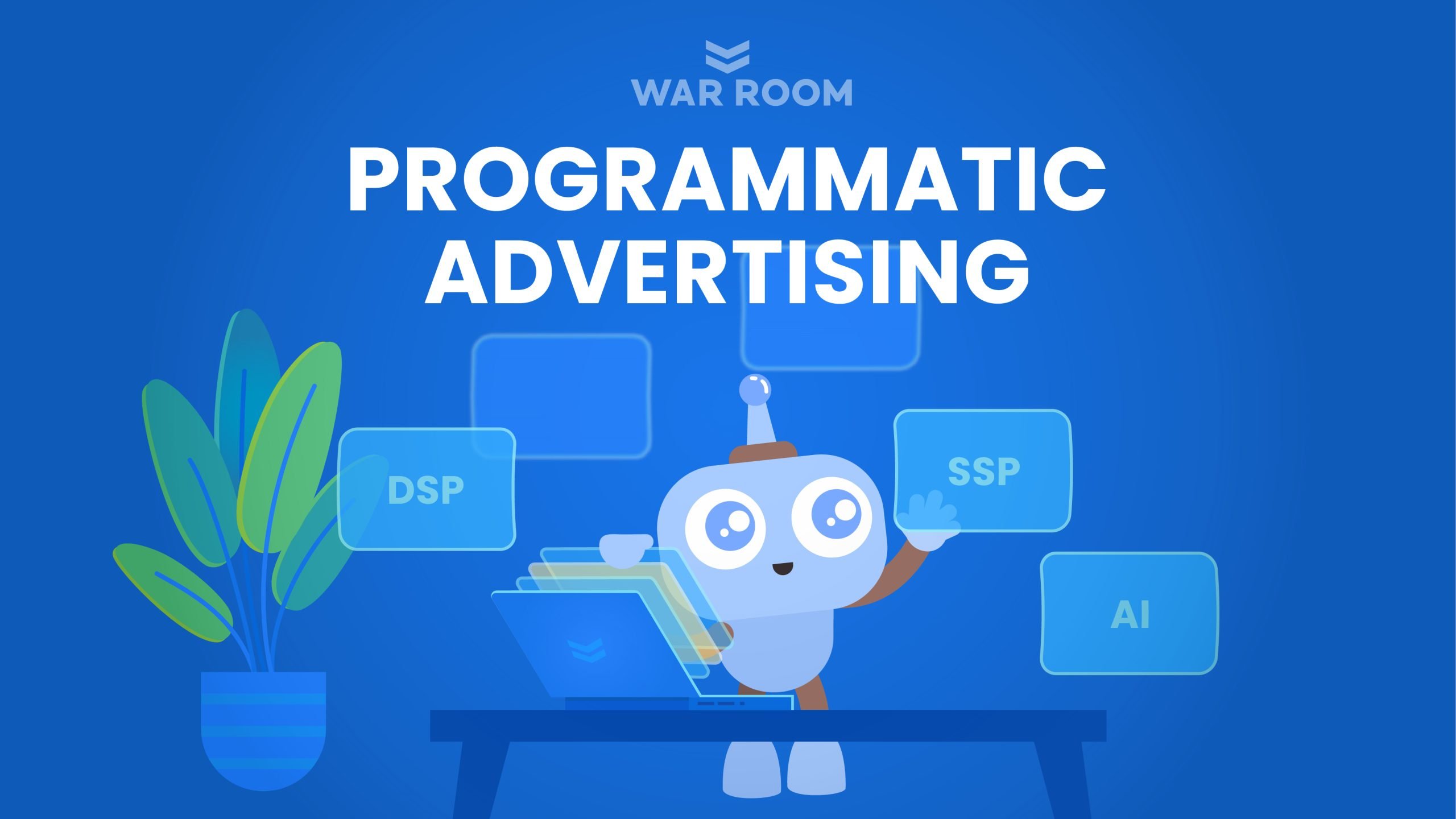When measuring your campaign’s success, you need to track the key performance indicators (KPIs) and metrics. The lead generation strategy in digital marketing is one of the most important aspects of business growth.
There are many approaches for lead generation which consume significant time, finances, and energy. Tracking such efforts can be challenging and requires knowledge of specific KPIs to measure the performance of the selected approaches. Utilizing tools like web scraping APIs can streamline data collection for lead generation strategies.
The business environment is very competitive today, and you want your teams to be ahead of the game. Understanding the specific KPIs connected to lead generation in your company will help you and your marketing and sales teams to understand the market and strive for competitiveness.
For instance, you can focus more on appointment setting B2B if it enhances the acquisition of quality leads. It is vital that you develop KPIs that enhance evidence-based decisions for maximized lead generation outcomes.
Want to know the essential KPIs that can help you unlock success with effective lead generation? Let’s dive in.
Number of Leads of Qualified Lead Volume
This is a crucial KPI that gives you information about your target prospects. A low figure means you may not be getting new customers soon. A large figure may not necessarily mean you get many customers but shows you the potential of the lead strategy. Focus more on the number of qualified leads when using this KPI as they are the people who could turn into customers and boost your revenue in the near future. Qualified lead volume helps readjust the lead generation strategy to ultimately lead to closing deals and increased revenue.
Average Deal Size
Measure the average deal size to understand the real value of your lead generation strategy. It means examining the revenue you will generate from each lead and the number of leads needed to achieve your business targets.
This KPI also helps you get valuable insights into what works well and which strategies need adjustments. The business will also identify its biggest customers for qualified leads with each closed deal. The average deal size is a crucial metric for understanding customer value and relationships, with higher figures implying larger orders, customer loyalty, and more profits.
The Customer’s Lifetime Value
The customer lifetime value is vital to measure the effectiveness of the lead generation strategies as it shows how much monthly recurring revenue could be generated by the customer into your business.
With this data, the marketing team will make informed decisions on the leads to invest in and optimize the lead generation strategy appropriately.
You will be able to break the value by campaign, channel, and other metrics using data obtained using this KPI. For instance, you may notice that leads acquired from a certain channel add more to the monthly recurring revenue and the overall lifetime value. It demonstrates that your business can afford to spend more to acquire these leads using the particular lead strategy.
Cost Per Lead
To determine the lead quality, you need to understand this KPI, which is the marketing spend per lead acquisition. It helps you evaluate the cost-efficiency of the lead generation strategy. It will also help you in calculating the Return on Investment (ROI), provide insights for your business’s future projections, and guide budget planning.
Cost per lead as a metric provides accurate financial data on the acquisition and management of leads. It is recommended that you calculate the cost per lead regularly for an understanding of the lead generation strategy impact on the marketing budget and wise utilization of resources to get numerous quality leads.
Email Marketing Performance
Email marketing is diverse within a business, but there are common denominators you can evaluate to measure lead generation. Examples include:
- Email subscriber growth rate
- Email forwarding rate
- Email opening rate
- Click-through rate on email links
These could all provide valuable data-driven insights into the effectiveness of the lead generation strategy.
Read more in our blog, “5 Email Marketing Metrics to Track & Boost Your Analytics“.
Conversion Rate
In business, a low conversion rate is a red flag in B2B lead generation and implies an ineffective strategy.
The metric is supposed to show you how many of the qualified B2B leads turn into actual customers. It gives insights into whether the business is appealing to the wrong audience, broken links limit purchases or the sales funnel is disorganized.
Marketers should dig into the data to identify the issue and work on conversion rate optimization to address your target audience.
Time to Close Deals
The time it takes your leads to become customers is a crucial KPI for your lead generation strategy. The sales cycle directly impacts business growth speed, hence the time from when a customer shows interest to when they make a purchase should be reasonable.
This metric provides you with insights on what causes delays in conversion and helps you in making improvements on processes. It also points to the quality of the leads generated through the lead magnet hence showing how effective it is for the business.
Lead Quality and Value
The total value and quality of the leads generated is a crucial metric to predict the amount of revenue to come in from potential sales. It helps you modify the lead generation strategy based on the data for more effectiveness. The number of qualified leads from the team and the conversion help determines the value and quality of leads.
Website Traffic Metrics
Bounce Rate
AI makes marketing personal by diving deep into data to understand what individuals like, how they behave, and what interests them. It helps deliver tailored experiences that resonate with each person.
Time on Page
The amount of time a visitor stays on your website indicates their engagement and satisfaction levels. Monitor the duration visitors take in your business website to determine the usefulness of content to the prospects and target audience.
Number of Sessions
A session is the number of times a user visits the website and interacts with the content. It is a crucial KPI to determine the website activity, including the volume trend, whether increasing or decreasing. It also helps you to gauge the effectiveness of the alternative lead generation strategies such as social media campaigns and online ads to decide on where to invest resources to maximize ROI.
Click-Through Rate
It gives you details of the number of visitors to a particular link compared to the reach. A high relative number indicates the effectiveness of the lead generation strategy. Data from this metric can help modify content to suit what generates the most clicks and improve the strategy to reach more prospects.
In Conclusion
Getting leads for your business is one thing, and converting them into customers is another.
Getting more revenue is the end goal for any business and you want to optimize your lead generation strategy to achieve this. When you understand the challenges of this task and get the right KPIs to track, your business will thrive despite the competition.
The right lead generation KPIs are crucial for your marketing strategy to reach prospects and increase conversion. Tracking these metrics will also help you identify what tactics are working and where you need to make improvements to drive more leads.
The key things to evaluate for effective lead generation include the target audience, the pricing model, and the customer type.
Know what your target audience wants for content that engages them appropriately and proper KPI tracking. The pricing model determines what value the customers are getting, hence should be ideal per your marketing budget. The customer type, such as B2C and B2B helps you craft the best strategy and understand the right KPIs to monitor.
If you’re interested, check out our related article, “7 Metrics to Measure When Running Programmatic Ads“, or download our popular and handy resource:






